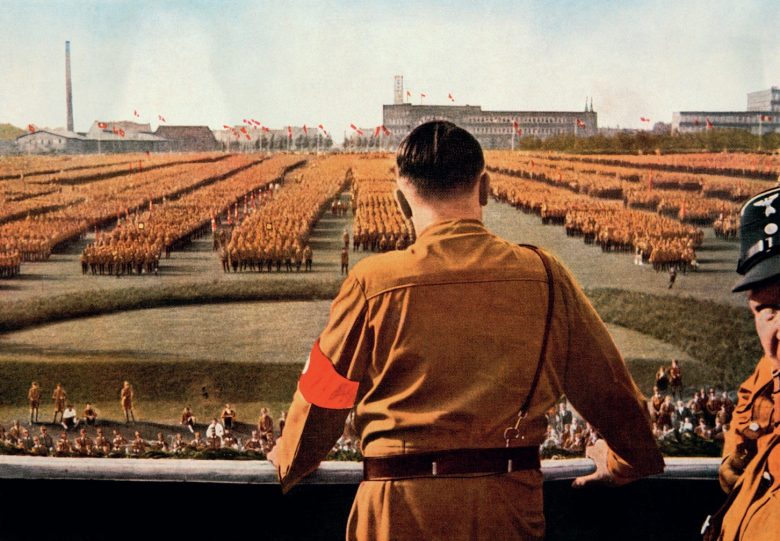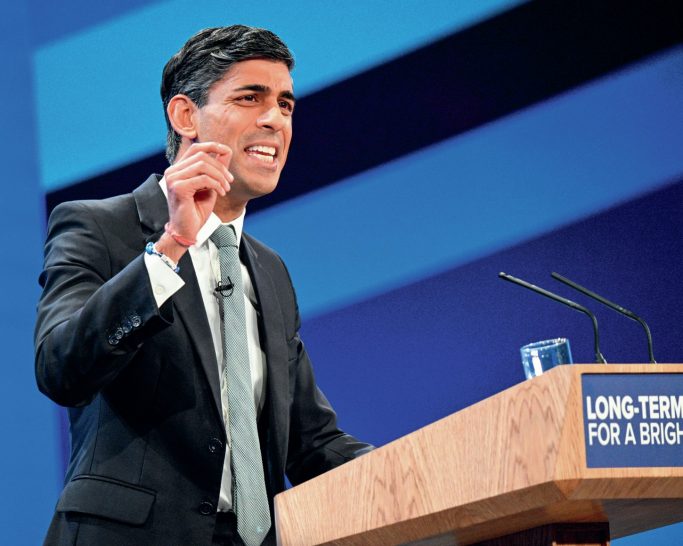
August 2009 saw the Conservative Party select its official parliamentary candidate in the parliamentary constituency of Totnes by means of an open primary, a popular ballot in which all registered voters (not just party members) have a hand in selecting the candidate who will run in the election proper. Though this was the first time that a major UK party had employed such a device in selecting a parliamentary candidate, it was, in fact, the latest in a number of innovations in candidate selection trialled by David Cameron since his election as party leader in 2005.
Traditionally, those seeking to represent the Conservative Party in parliamentary elections were subject to a tortuous and largely ‘closed’ process. Prospective candidates first had to get their names on to an ‘approved’ list of candidates by attending a formal interview before a panel. Second, they had to apply to a constituency Conservative association and succeed in getting their name on to a shortlist. Finally, they needed to garner the support of the party activists attending a constituency general meeting. Even the candidates who were successful in securing the nomination of their constituency association by such means could still find their nominations vetoed by the national party’s Ethics and Integrity Committee, established by the former Conservative leader William Hague in the 1990s.
Your organisation does not have access to this article.
Sign up today to give your students the edge they need to achieve their best grades with subject expertise
Subscribe




